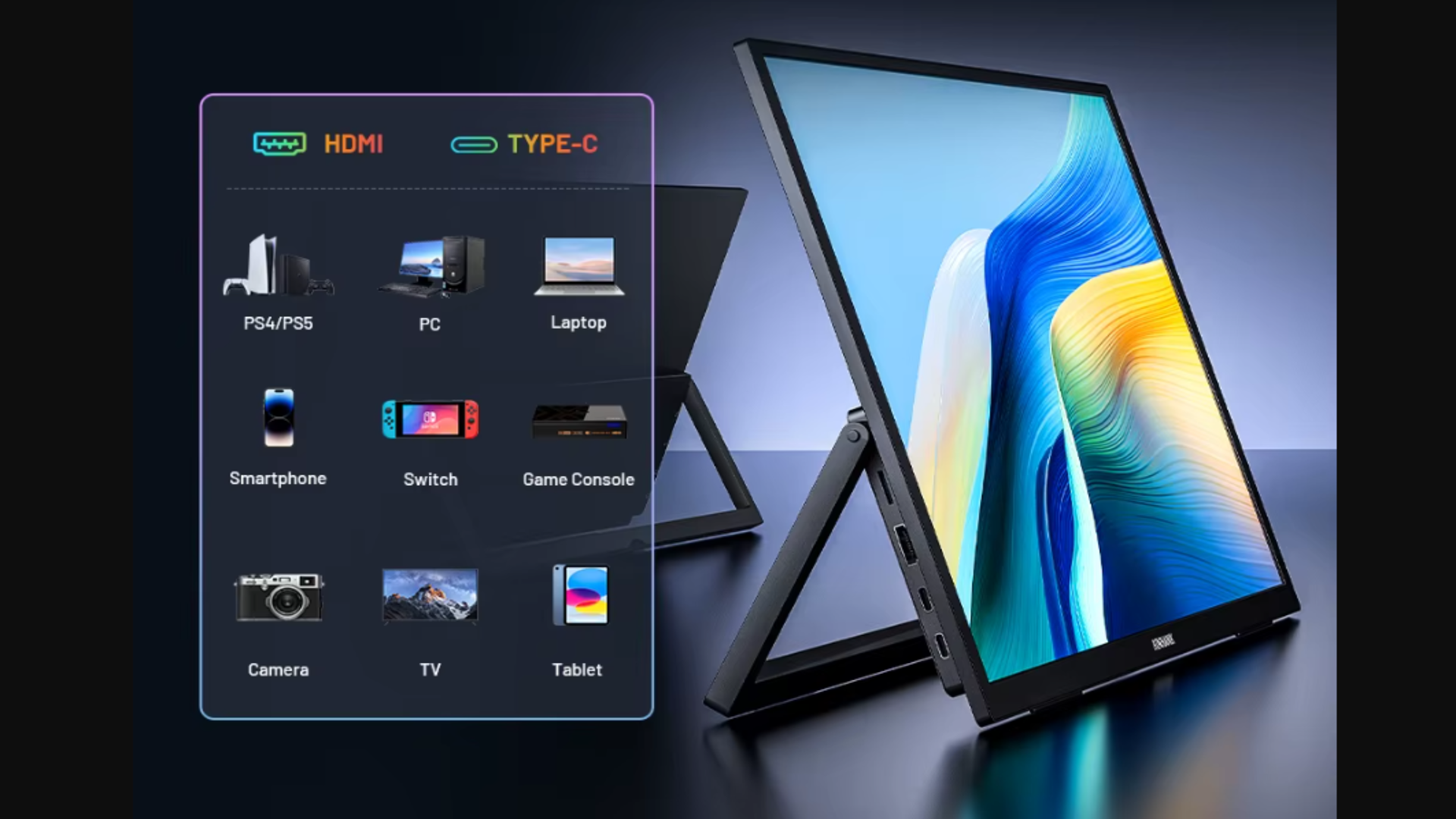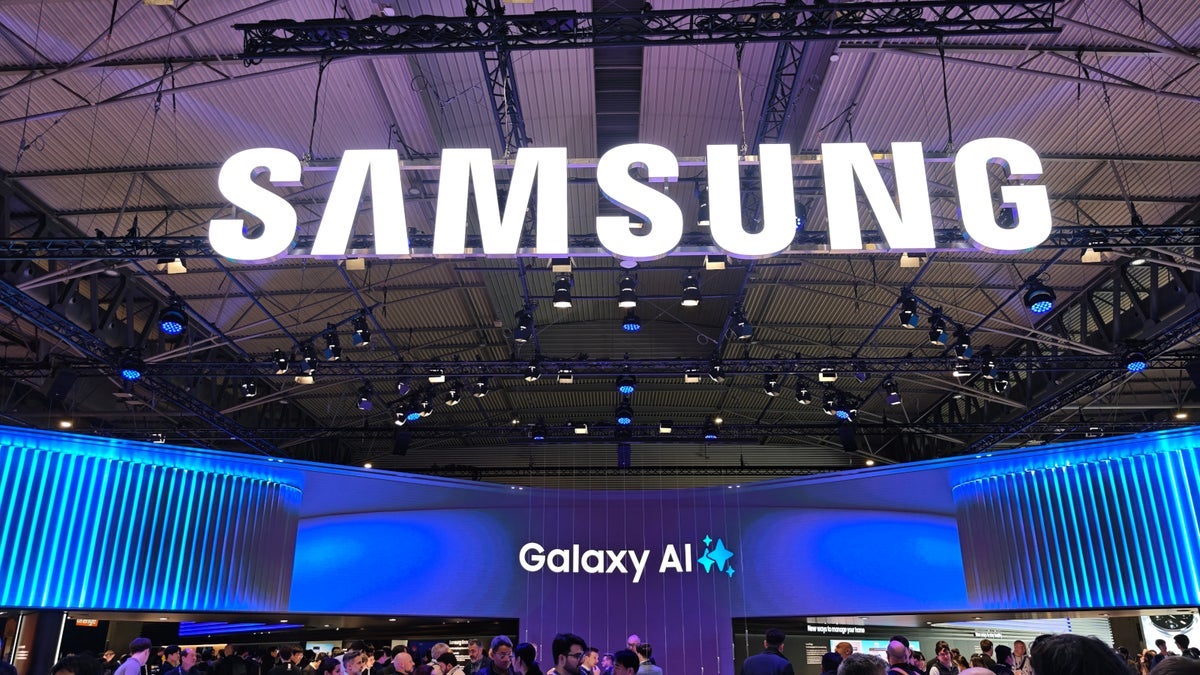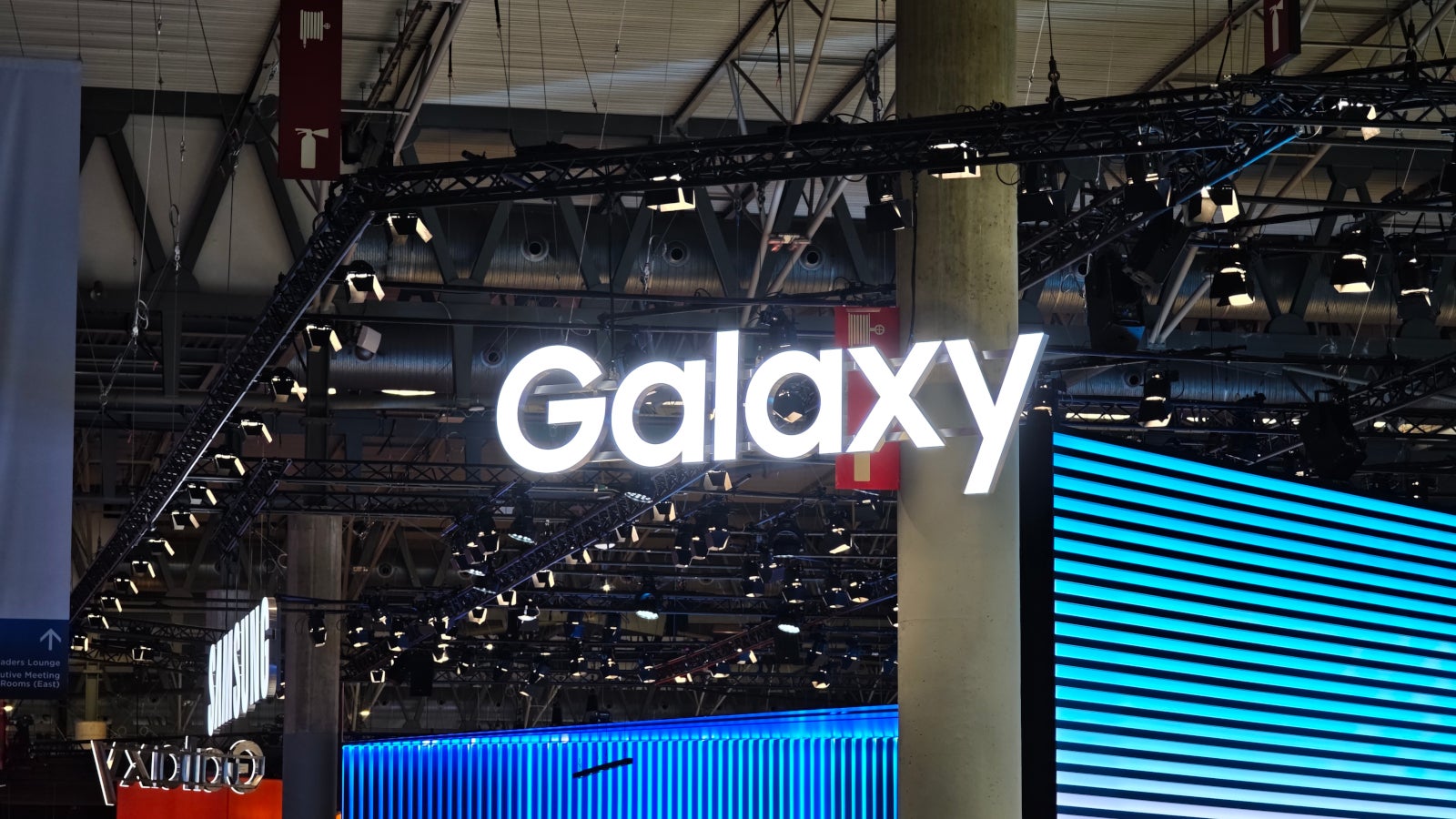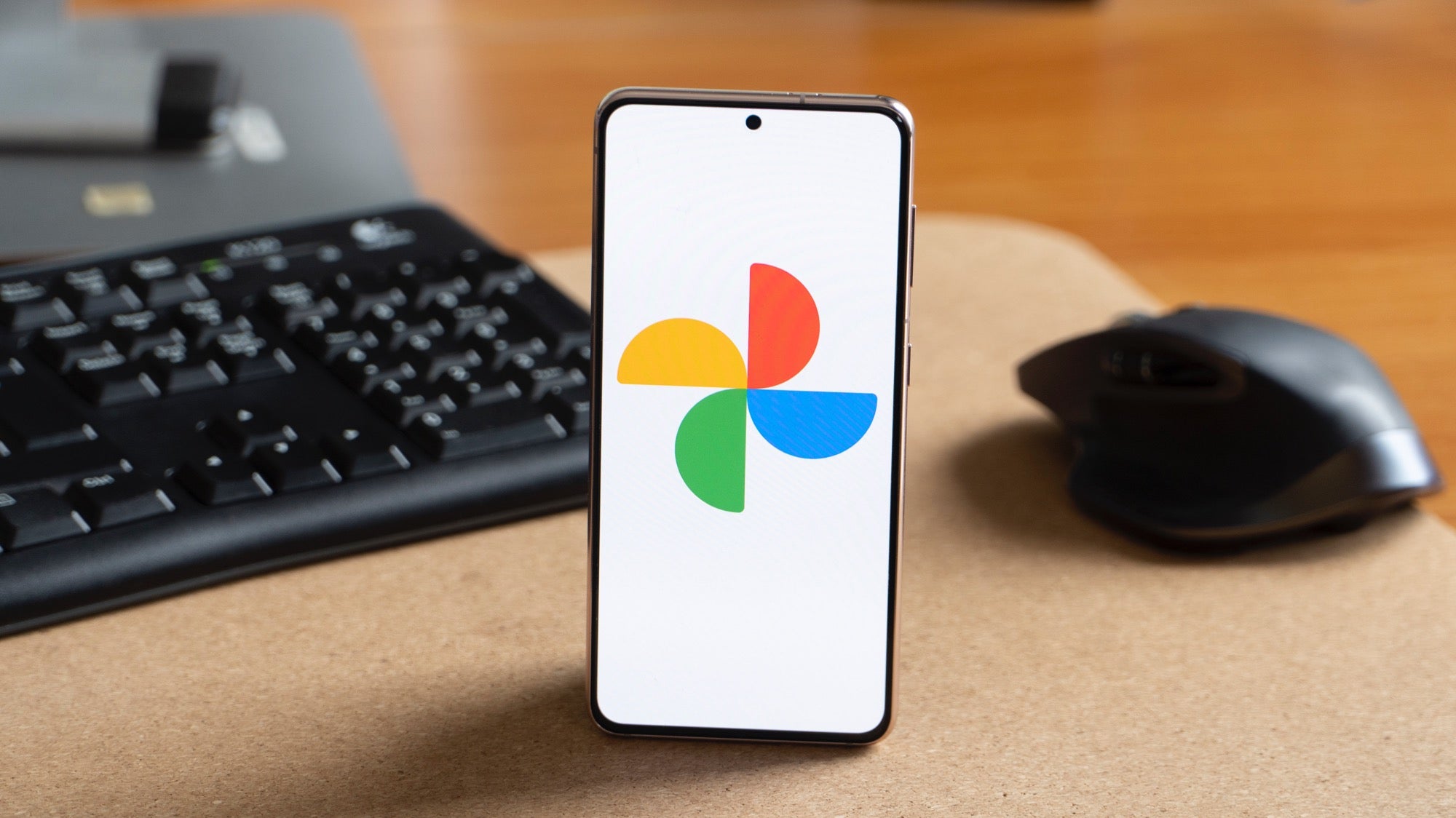Generative AI vs. Agentic AI: Reactive vs. Proactive Intelligence
Generative AI and Agentic AI are everywhere these days — but what exactly sets them apart? While they might sound similar, these two types of AI work in fundamentally different ways. Let’s clear up the confusion once and for all. Artificial Intelligence is evolving at a breakneck pace, and two key paradigms are shaping its future — Generative AI and Agentic AI. To simplify: Generative AI is reactive — it responds to prompts. Agentic AI is proactive — it takes initiative. One follows instructions; the other gets things done. Let’s break it down. Generative AI: The Reactive Genius Generative AI creates text, images, code, or music based on patterns in its training data. You give it a prompt, and it generates an output — nothing more, nothing less. Key Traits: Prompt-dependent — only acts when asked. No memory (unless explicitly designed). Output-focused — doesn’t take real-world actions. Analogy: The Expert Copywriter Imagine hiring a brilliant but passive writer: You say, “Write a blog post about AI trends.” → It delivers. You ask, “Make it funnier.” → It tweaks the tone. But it won’t suggest improvements unless prompted. It’s a powerful tool, not an active collaborator. Limitations Reactive by nature — can’t act autonomously. Agentic AI: The Proactive Assistant Agentic AI doesn’t just respond — it plans, executes, and adapts. It uses tools (APIs, web search, memory) to achieve goals with minimal human input. Key Traits: Goaldriven — works toward an objective. Has memory — learns from past actions. Uses tools — interacts with the real world. Analogy: The Executive Assistant You say, “Book me a trip to Berlin under $1,500.” The AI: Checks your calendar for availability. Compares flights & hotels in real time. Books the best option and sends a confirmation. Reminds you about visa requirements. Unlike Generative AI, it doesn’t just answer — it accomplishes tasks. **Key Upgrade: Proactivity If flight prices surge, it might say: “Prices are spiking — should I book now?” If your meeting changes, it automatically reschedules._ Why Tools Make Agentic AI Powerful Generative AI is like a calculator — it computes what you ask. Agentic AI is like a financial advisor — it analyzes, decides, and acts. Agentic AI’s Toolbox Web browsing → Realtime data lookup. API integrations → Interacts with apps (email, calendars, banking). Memory → Learns from past decisions. Decision logic → Adapts strategies dynamically. Final Thoughts Generative AI = “Here’s what you asked for.” (Reactive) Agentic AI = “I handled it — here’s the result.” (Proactive) The difference is like a typewriter vs. a secretary. One responds; the other makes things happen. Which would you rather have? _What’s your take? Are you team Generative or team Agentic? Let’s discuss in the comments!

Generative AI and Agentic AI are everywhere these days — but what exactly sets them apart? While they might sound similar, these two types of AI work in fundamentally different ways. Let’s clear up the confusion once and for all.
Artificial Intelligence is evolving at a breakneck pace, and two key paradigms are shaping its future — Generative AI and Agentic AI.
To simplify:
Generative AI is reactive — it responds to prompts.
Agentic AI is proactive — it takes initiative.
One follows instructions; the other gets things done. Let’s break it down.
Generative AI: The Reactive Genius
Generative AI creates text, images, code, or music based on patterns in its training data. You give it a prompt, and it generates an output — nothing more, nothing less.
Key Traits:
- Prompt-dependent — only acts when asked.
- No memory (unless explicitly designed).
- Output-focused — doesn’t take real-world actions.
Analogy: The Expert Copywriter
Imagine hiring a brilliant but passive writer:
You say, “Write a blog post about AI trends.” → It delivers.
You ask, “Make it funnier.” → It tweaks the tone.
But it won’t suggest improvements unless prompted. It’s a powerful tool, not an active collaborator.
Limitations
Reactive by nature — can’t act autonomously.
Agentic AI: The Proactive Assistant
Agentic AI doesn’t just respond — it plans, executes, and adapts. It uses tools (APIs, web search, memory) to achieve goals with minimal human input.
Key Traits:
Goaldriven — works toward an objective.
Has memory — learns from past actions.
Uses tools — interacts with the real world.
Analogy: The Executive Assistant
You say, “Book me a trip to Berlin under $1,500.”
The AI:
- Checks your calendar for availability.
- Compares flights & hotels in real time.
- Books the best option and sends a confirmation.
- Reminds you about visa requirements.
- Unlike Generative AI, it doesn’t just answer — it accomplishes tasks.
**Key Upgrade: Proactivity
- If flight prices surge, it might say: “Prices are spiking — should I book now?”
- If your meeting changes, it automatically reschedules._
Why Tools Make Agentic AI Powerful
Generative AI is like a calculator — it computes what you ask.
Agentic AI is like a financial advisor — it analyzes, decides, and acts.
Agentic AI’s Toolbox
- Web browsing → Realtime data lookup.
- API integrations → Interacts with apps (email, calendars, banking).
- Memory → Learns from past decisions.
- Decision logic → Adapts strategies dynamically.
Final Thoughts
Generative AI = “Here’s what you asked for.” (Reactive)
Agentic AI = “I handled it — here’s the result.” (Proactive)
The difference is like a typewriter vs. a secretary. One responds; the other makes things happen.
Which would you rather have?
_What’s your take? Are you team Generative or team Agentic? Let’s discuss in the comments!












































































































































































![[The AI Show Episode 146]: Rise of “AI-First” Companies, AI Job Disruption, GPT-4o Update Gets Rolled Back, How Big Consulting Firms Use AI, and Meta AI App](https://www.marketingaiinstitute.com/hubfs/ep%20146%20cover.png)















































































































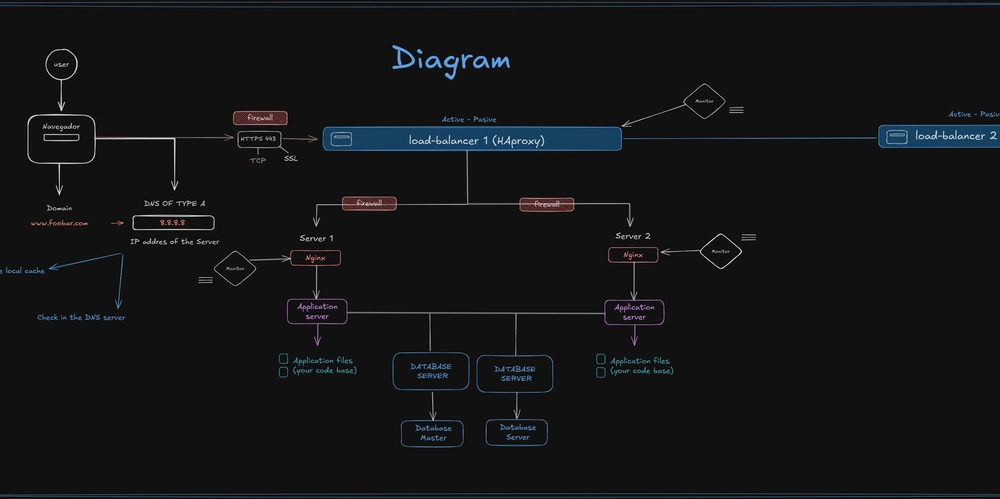











![[FREE EBOOKS] Modern Generative AI with ChatGPT and OpenAI Models, Offensive Security Using Python & Four More Best Selling Titles](https://www.javacodegeeks.com/wp-content/uploads/2012/12/jcg-logo.jpg)




![How to make Developer Friends When You Don't Live in Silicon Valley, with Iraqi Engineer Code;Life [Podcast #172]](https://cdn.hashnode.com/res/hashnode/image/upload/v1747360508340/f07040cd-3eeb-443c-b4fb-370f6a4a14da.png?#)


























































































































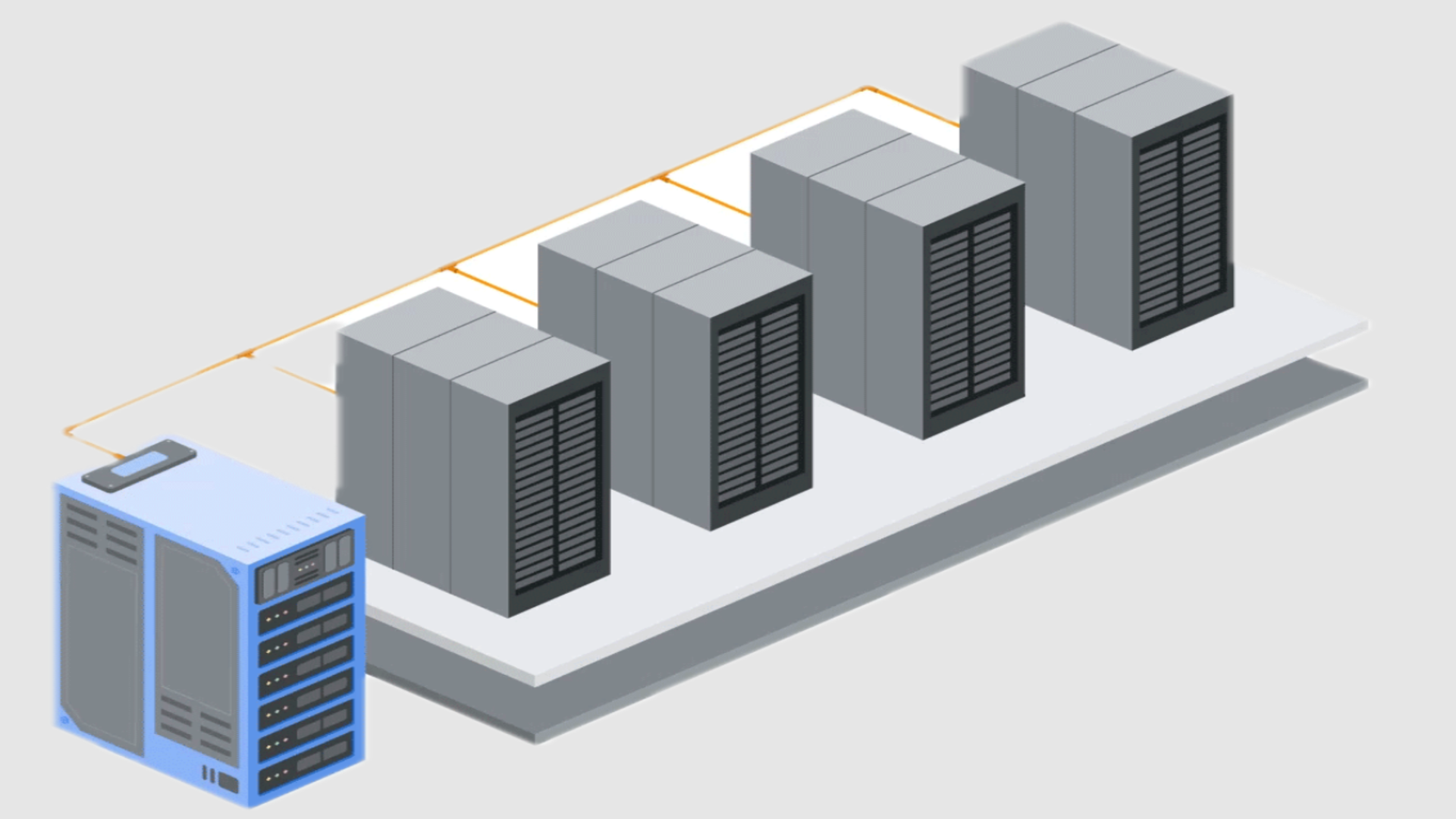













![[Virtual Event] Strategic Security for the Modern Enterprise](https://eu-images.contentstack.com/v3/assets/blt6d90778a997de1cd/blt55e4e7e277520090/653a745a0e92cc040a3e9d7e/Dark_Reading_Logo_VirtualEvent_4C.png?width=1280&auto=webp&quality=80&disable=upscale#)



































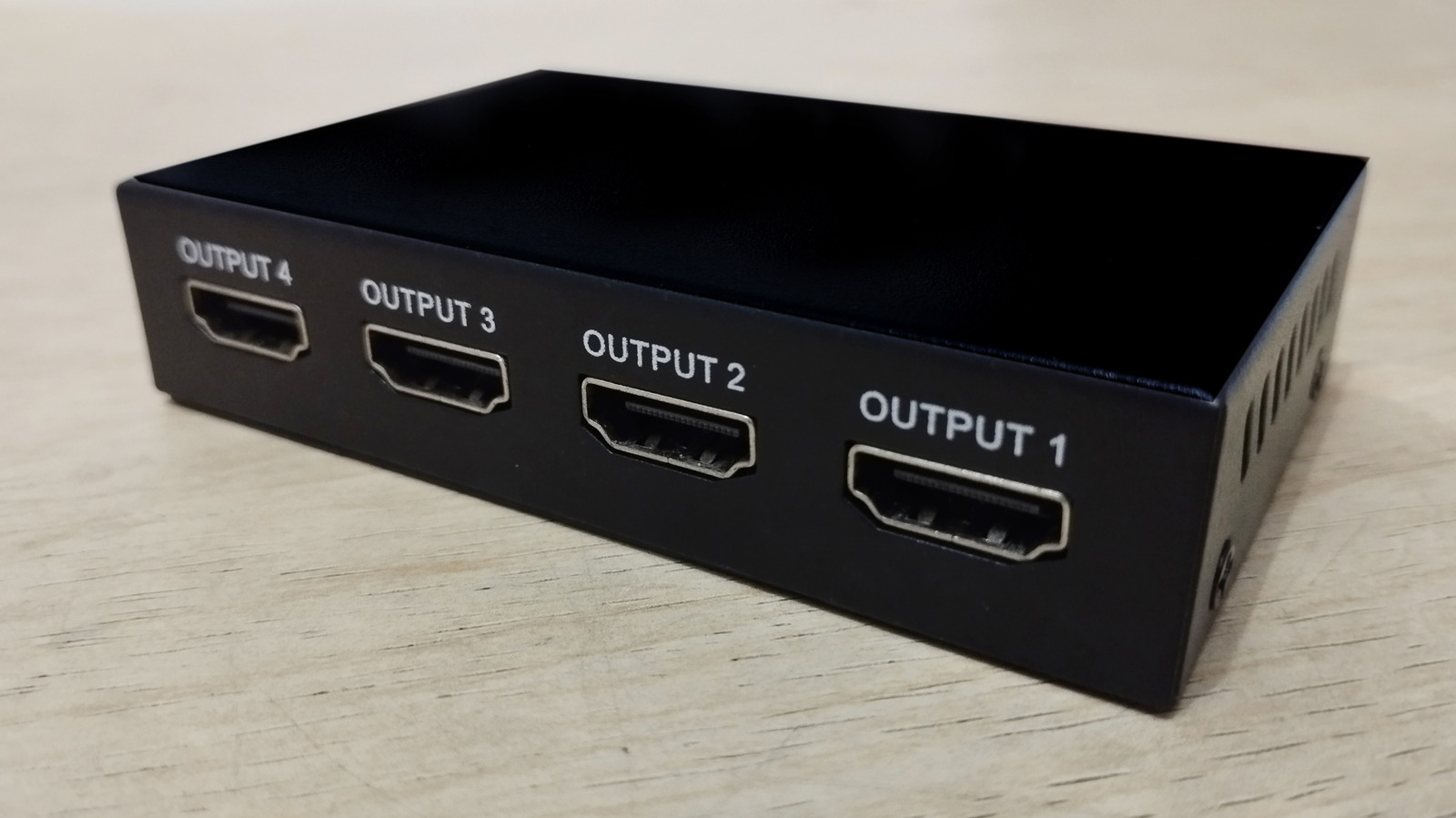









































-xl-(1)-xl-xl.jpg)


























![iPhone 17 Air Could Get a Boost From TDK's New Silicon Battery Tech [Report]](https://www.iclarified.com/images/news/97344/97344/97344-640.jpg)
![Vision Pro Owners Say They Regret $3,500 Purchase [WSJ]](https://www.iclarified.com/images/news/97347/97347/97347-640.jpg)
![Apple Showcases 'Magnifier on Mac' and 'Music Haptics' Accessibility Features [Video]](https://www.iclarified.com/images/news/97343/97343/97343-640.jpg)
![Sony WH-1000XM6 Unveiled With Smarter Noise Canceling and Studio-Tuned Sound [Video]](https://www.iclarified.com/images/news/97341/97341/97341-640.jpg)















